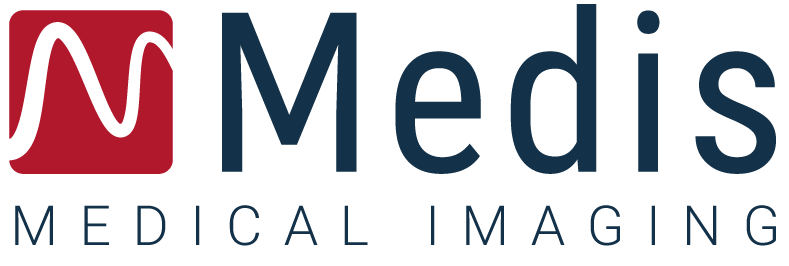Scientific Blogs
Medis QFR® – Microvascular Dysfunction Assessment
7 mins – November 30, 2023
The field of interventional cardiology is constantly evolving, and Dr. Toleva’s presentation at TCT 2023 unveils promising advancements in the evaluation of coronary physiology, specifically focusing on non-obstructive coronary arteries. This article delves into the key insights provided by Dr. Toleva and explores the potential paradigm shift offered by non-wire-based techniques in assessing microvascular dysfunction.
Challenges in microvascular dysfunction assessment
Dr. Toleva begins by highlighting the challenges faced in cath labs, especially concerning patients with non-obstructive coronary arteries. Traditional methods involve invasive techniques such as Doppler and thermal dilution with adenosine, which can be time-consuming and reliant on patient cooperation. Microcirculation, being invisible, poses a significant challenge for accurate assessment based solely on angiograms.
The promise of non-wire-based techniques
The core of Dr. Toleva’s presentation lies in the potential of non-wire-based techniques to streamline the evaluation process. These techniques aim to eliminate the need for manipulation or medications, providing a more efficient and patient-friendly approach.
Overview of current techniques
Dr. Toleva introduces the audience to the current flow in cath labs, emphasizing the importance of comprehensive analysis in patients with non-obstructive coronary arteries. Techniques involving intravenous adenosine, coronary flow reserve, and index of microvascular resistance (IMR) are discussed. However, Dr. Toleva acknowledges the time-intensive nature of these procedures.
Non-wire-based techniques in action
The presentation introduces non-wire-based techniques, like Medis QFR®. Dr. Toleva discusses a study validating the QFR-derived IMR values obtained through this software. The results show promising correlations, hinting at the potential for a more efficient and time-saving evaluation. A significant highlight is the anticipated integration of automated frame counting using artificial intelligence (AI) in the newer software. Dr. Toleva emphasizes the importance of meticulous angiography, showcasing proposed projections to obtain optimal views for accurate assessments.
Clinical applications and validation
The presentation delves into the clinical applications of non-wire-based techniques across various coronary conditions, including stable angina, STEMI, and Tako-Tsubo. The study results indicate a high level of agreement between invasive measures and non-wire-based assessments, providing a valuable tool for prognostication. A critical aspect of Dr. Toleva’s presentation is the simplification of microvascular dysfunction assessment, particularly in STEMI patients. The use of non-hyperemic IMR angio measurements offers a quicker and less invasive alternative, reducing the reliance on vasodilator agents like adenosine.
Dr. Toleva’s presentation signifies a significant step forward in the realm of interventional cardiology. Non-wire-based techniques, like the Medis QFR® software, showcase the potential to radically transform the assessment of microvascular dysfunction. The elimination of wires and medication reliance could not only save time but also reduce patient discomfort. As the field moves towards further validation and integration of AI, non-wire-based evaluations may become a cornerstone in the routine assessment of coronary physiology, signaling a new era in interventional cardiology.
Share this article on:
